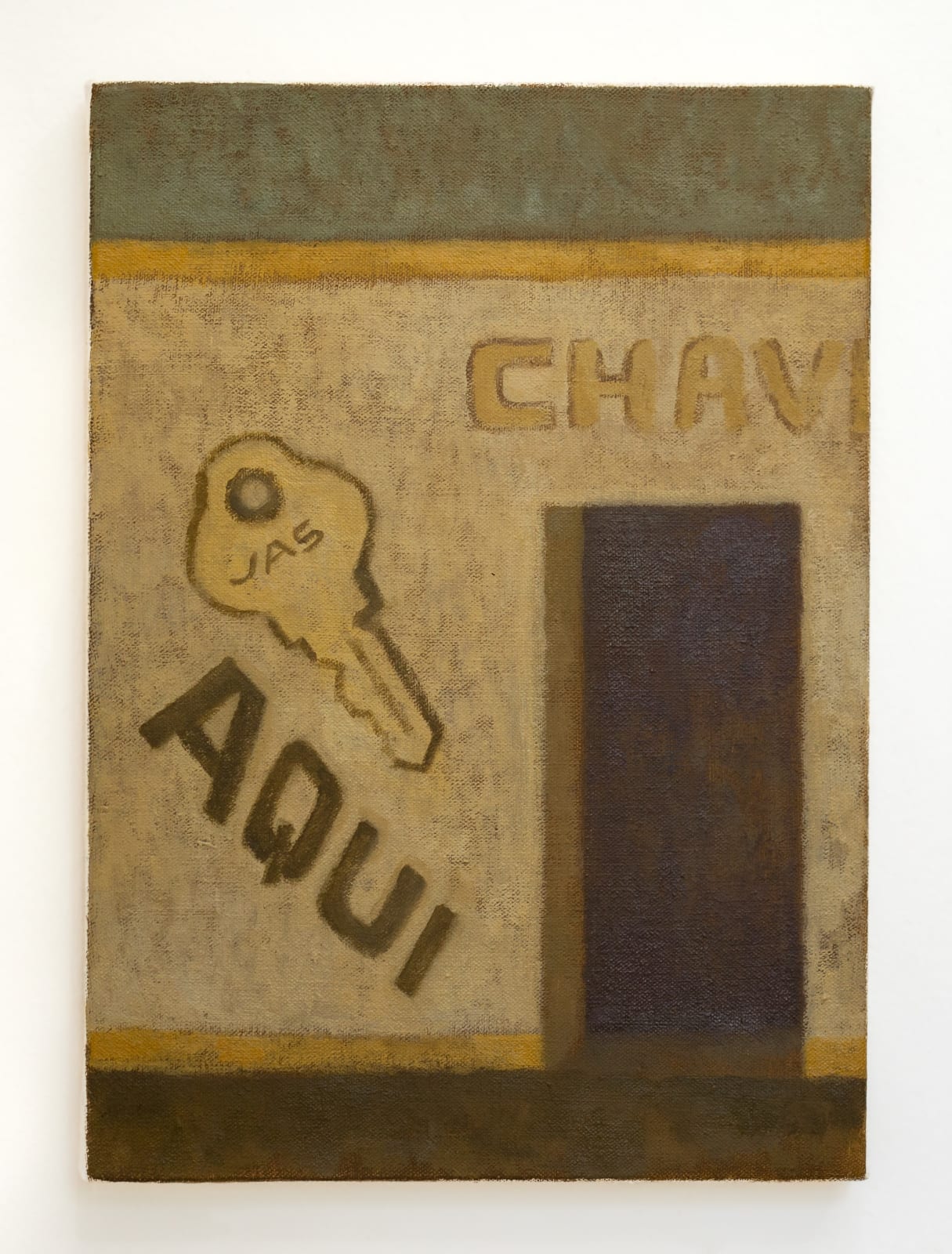Beatrice Arraes: ArPa, 2023
Galatea presents 15 never-before-shown paintings by the young artist Beatrice Arraes (1998) from Fortaleza at its booth at ArPa 2023. The selection features works related to the artist’s current research, which explores the poetic and artistic possibilities of the craft of popular signs painters and their connection with oil painting, vernacular design, and landscape. These works depict images captured from the artist’s immediate surroundings and scenes observed during urban wanderings, delving into the contrast between the popular and the eruditew. Through easel painting, Arraes engages in a dialogue and playful exploration of everyday themes, allowing her to investigate the expressive and popular essence of the place where she lives.
Wall paintings and inscriptions have always been present in the urban landscape, reflecting compositional patterns derived from intuitive creativity and the reinterpretation of elements of material culture. These immersive expressions serve as Beatrice’s starting point to develop her own imaginative universe, which, akin to the walls of the streets, is constructed through layers and an intimate relationship with the elements of popular visuality. These are paintings about everyday painters, which approach such practice as a common occupation that extends to all of us. It is no coincidence that she draws inspiration from artists like Amadeo Luciano Lorenzato (1900-1995) and Chico da Silva (1910-1985), who began their artistic journey by painting walls.
The landscape in Beatrice’s production serves as the medium for a constant dialogue between the outer and inner worlds. Her compositions meticulously examine the complexity of everyday elements, including objects, panels, facades, and nature. At the same time, the originality of her works stems from how these elements are internally absorbed. Drawing on Michel Collot’s thoughts in “Poetics and Philosophy of Landscape” (2020), it can be said that: “The experience of landscape is characterized by its capacity to provoke ecstasy, when the subject comes out of himself — the thought of the lyric poets — and the world seems to touch his interior.” Thus, perceiving the convergence between depictions of inner and outer world landscapes appears to be the key to grasping the research that involves Beatrice Arraes’ body of work.












